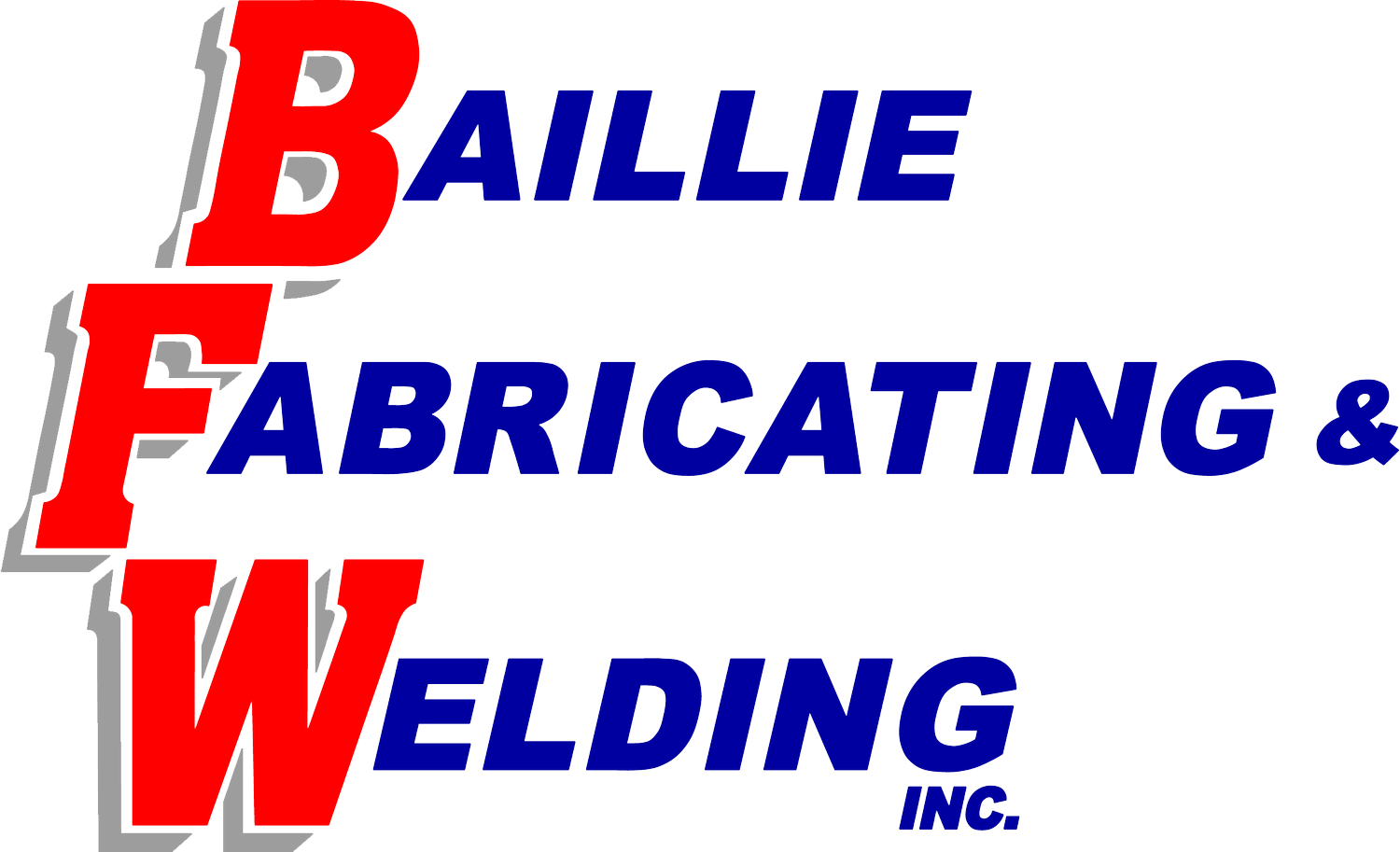Tip: Choose Standard Material Sizes for Metal Fabrication Services
When designing parts for metal fabrication services, it’s a best practice to use standard sheet metal and metal tubing sizes. Straying from standard sizes can lead to exponentially higher costs and fabrication complexities.
We’ll explain the standard sizes for sheet metal and metal tubing, why picking a non-standard size can make such a difference, and how Baillie Fabricating & Welding can guide you in the right direction for metal fabrication services.
Standard Material Sizes
In most materials, (i.e. Carbon Steel, Stainless, Steel, Aluminum) common sheet and plate sizes are 48” x 96”, 48” x 120” and 60” x 120”. You may also be able to get 72” x 144” sheets and plates. These are the most commonly available sizes of commercially available sheet and plate available at service centers.
Structural shapes include flat bars, L-angles, C-channels, I-beams, T-bars, hex and round bars. Commercially available sizes vary in length, width, and thickness depending on the specific material and grade.
In the metal tubing industry, common thickness and diameter standards can be found through online resources and supplier catalogs. However, lengths can vary by material and mill. Stainless steel is usually available at a maximum length of 20’ to 24’. Aluminum typically comes in 21’ and 25’ length. Steel tubing is generally available in 20’ lengths but can be ordered in specific lengths if there is a large volume of material ordered.
Steel Sheet is available in a variety of manufactured processes, such as hot rolled (HR), cold rolled (CR), hot rolled pickled and oiled (HRPO), as well as galvanized and galvaneeled finishes. Selecting one material over another is driven by the application and environment of the finished product.
Common stainless steel grades of sheet metal and plate are 304 and 316. The two finishes available for these sheets are a 2B mill finish or a #4 brushed finish. Many customers prefer the #4 brushed finish because it hides scratches much better than the 2B mill finish. The finishes run in the linear direction of sheet length. For example, in a 60” x 120” sheet, the grain will run in the 120” direction.
When using stainless steel tubing, be aware that the grain on square and rectangular tubes run lengthwise, while the grain on round tubes run around the circumference.
Aluminum sheets and tubes are not commercially available with grained finishes like a #4 finish, but can be grained at an additional cost.
Why Stick to the Standard Sizes?
Designing parts close to standard sheet metal and tubing sizes saves time and money. For example, if you need metal for a 41” x 51” part and use a 48” x 120” sheet, you’ll have significant material left over that you’ll have to pay for. The exact material makes a difference, too. The thickness of aluminum is measured differently than steel and stainless steel. Plus, the length and width of aluminum may vary from the other two metals.
Since metal is sold by weight, the price of the waste depends on the thickness of the material. If the sheet has a thin gauge, a small amount of scrap metal could cost $50. However, if the sheet has a thick gauge, the cost of wasted material could be more like $200. That’s per part, so the more parts you have, the more waste that results and the higher the cost of your metal fabrication services.
How to Design Parts for Standard Material Sizes
To minimize waste, try to design parts near 48" or 60" widths without going over. An odd width number like 49” means you’ll have to go up to the 60” width sheet and waste 11” of width.
When possible, orient the grain direction lengthwise to make the most out of your material. Running the grain widthwise will likely cause excess waste, but it can be done for aesthetic purposes if necessary. Grains are generally visible on stainless steel and aluminum. You rarely see the grain on steel because it typically gets a powder coating or some other finish.
Another occasion where aesthetics come into play is 96” x 96" projects. Since there’s not a sheet that big, seams and welds are required, and positioning is important. In this case, we may ask the customer, “Do you want the seam horizontally? Do you want it fully welded? Do you want a lap joint?” If it’s an industrial-based project, aesthetic-related details won’t matter as much.
When CAD Drafting your parts and assemblies, utilize standard sheet thicknesses commonly referred to as nominal thicknesses. These thicknesses can be easily obtained through catalogs available from service centers, or online resources. This will eliminate a lot of costs associated with redrawing parts to common material thicknesses.
How Baillie Fab Can Help
Designing parts to be compatible with standard material sizes is the key to achieving cost-effective metal fabrication services.
If you have questions about your project, call (610) 701-5808, email our team, or stop by our metal fabrication shop.
We can help you avoid wasted time and extra costs by designing your parts the right way from the start.

